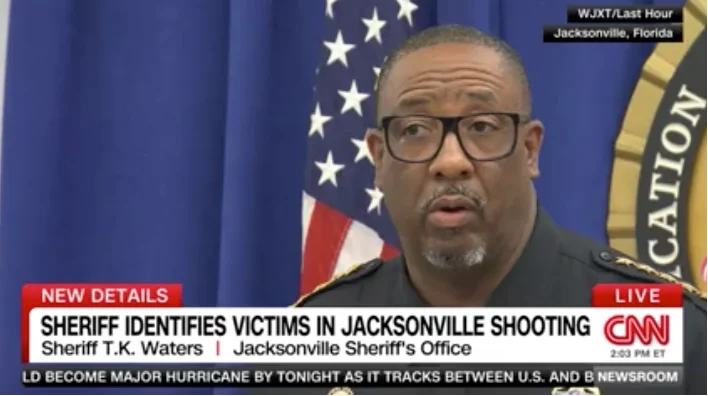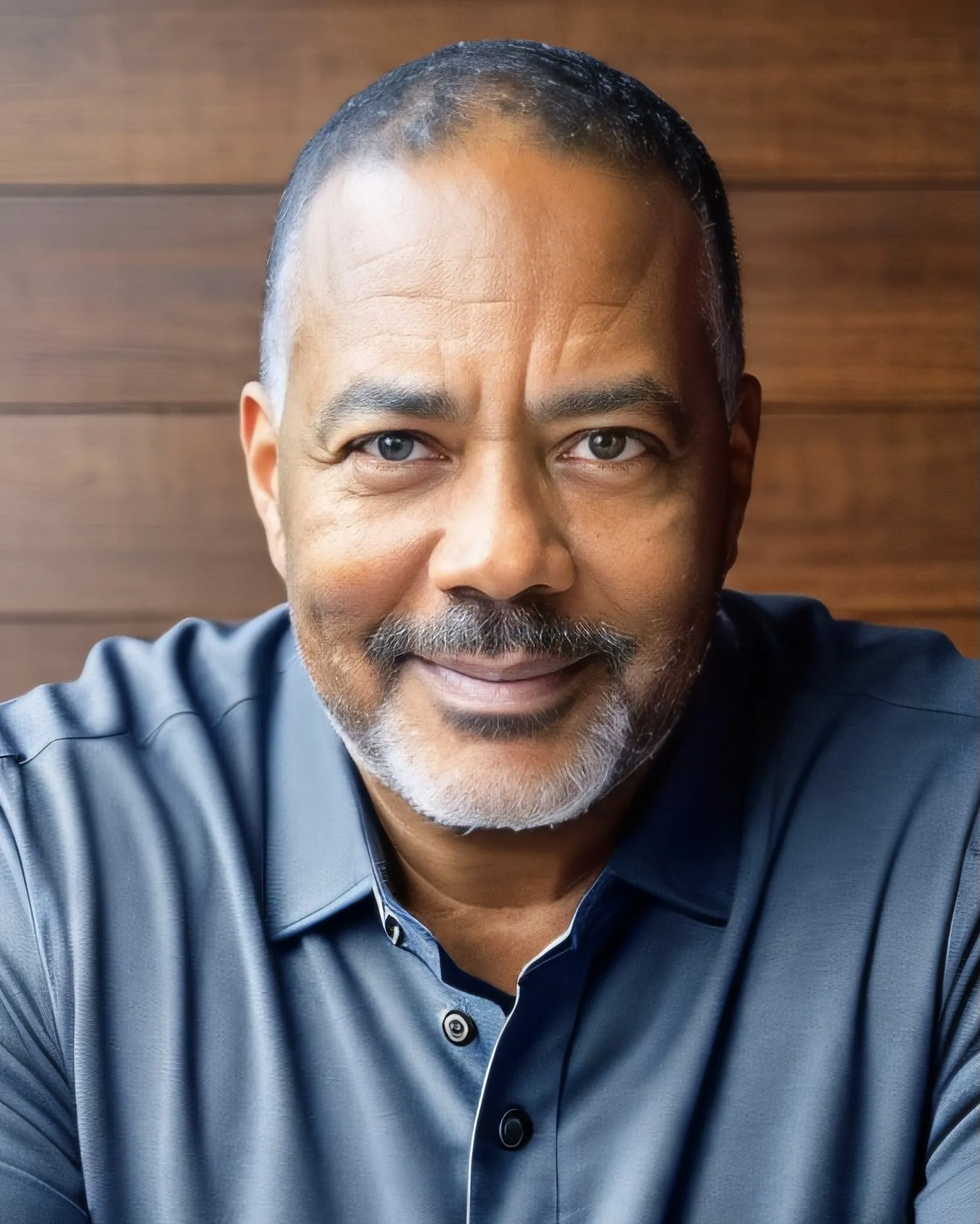Gun violence shatters lives, destroys families, and traumatizes entire communities.
No doubt all of us are following and are completely repulsed by the senseless act of violence perpetrated by a very sick young man in Jacksonville, Florida. Our collective thoughts and prayers are with the victims and their families who lost their lives in the broader Jacksonville community.
Sheriff T.K. Waters has provided admirable leadership, communicating with transparency on what is known and what still needs to be discovered. ShotSpotter is deployed in Jacksonville and captured the tragedy in near real-time and as Sheriff Waters shares, there was a 1:50 second differential from the first ShotSpotter alert to the first 9-1-1 call.
That nearly 2-minute difference means potentially responding 2 minutes faster — precious minutes that help in rendering aid to victims and securing the scene to mitigate additional violence.
Jacksonville Sheriff T.K. Waters explained how the deadly incident unfolded:
“At 1:08, an 11-round ShotSpotter activated. … The suspect [shoots] into a black Kia and murders the first victim, Ms. Angela Carr.”
“The suspect enters the Dollar General store and engages the second victim, a young 19-year-old victim.”
“At 1:09:50 the first 9-1-1 call goes out. … ShotSpotter initiates again at 1:13:10 [as] the suspect shoots a third victim, Jerrald Gallion.”
“At 1:19 the officers enter the building and begin to clear, just 11 minutes after this ordeal began. Patrol [clears] the hallway when the officer hears a single gunshot. We believe that’s when [the suspect] killed himself.”
Unfortunately, incidents like these have become tragically common. According to the Gun Violence Archive, gun deaths in 2022 are up 30% from 2019. Mass shootings meanwhile are up 55%.
And while gun violence continues to disproportionately impact certain neighborhoods — often populated by communities of color — mass shooting incidents in more random places have also become an all-too-common occurrence.
For example, just in the last month…
- At least seven people were injured when gunfire broke out in the Dorchester neighborhood of Boston during an annual Caribbean Carnival;
- Two women were injured by stray gunfire from a still-unknown assailant while attending a Chicago White Sox game;
- A man suffering from gunshot wounds was discovered by police in response to a ShotSpotter alert near a quiet intersection in northwest Houston.
How Can We Address This National Gun Violence Epidemic?
Undoubtedly, the root causes of gun violence are complex, and the types of gun violence (community violence vs. mass shootings) are varied – and in the absence of a single solution, the best approach is a comprehensive gun crime response strategy. Focused deployment of resources, community support, rapid and precise response, and investigative follow-through along with criminal accountability are just some of the critical tenets vital to mitigating violence and saving lives.
Investments in infrastructure and technology are equally critical.
Research shows that over 80% of all gunfire nationally goes unreported to 9-1-1. This is a huge number and means that first responders don’t even know about the vast majority of gunfire in their jurisdictions.
ShotSpotter is an acoustic gunshot detection system used by more than 150 cities to fill the immediate and precise response gap by alerting police of virtually all gunfire in a city’s ShotSpotter coverage area within 60 seconds – enabling a fast, precise police response, ultimately helping police officers save lives and collect critical evidence for investigations.
Saving Lives: Every Minute Matters
1 minute and 50 seconds. That’s the difference in time from the initial ShotSpotter alert to the first 9-1-1 call in Jacksonville, according to Sheriff Waters.
Notably, that time differential does not even account for the back and forth that a 911 call taker would be engaged in speaking with the caller to get relevant information before dispatching.
Several academic research reports have measured the improved response time benefits of ShotSpotter alerts vs. the analog 9-1-1 call (if there is even a 9-1-1 call). Other research has shown improved gunshot wound patient outcomes that result from even a 1–2-minute earlier intervention.
And finally, FBI research on mass shooting events concluded that active shooters typically only are stopped with an intervention.
There is no way to know for sure the number of lives saved due to Jacksonville P.D.’s ability to respond nearly two minutes faster. What’s clear though, is that in Jacksonville – just like Chicago and Boston – real-time alerts identifying both “time” and “place” of shooting incidents enable rapid and precise response and are vital to saving lives, launching effective investigations, and creating safer communities.




